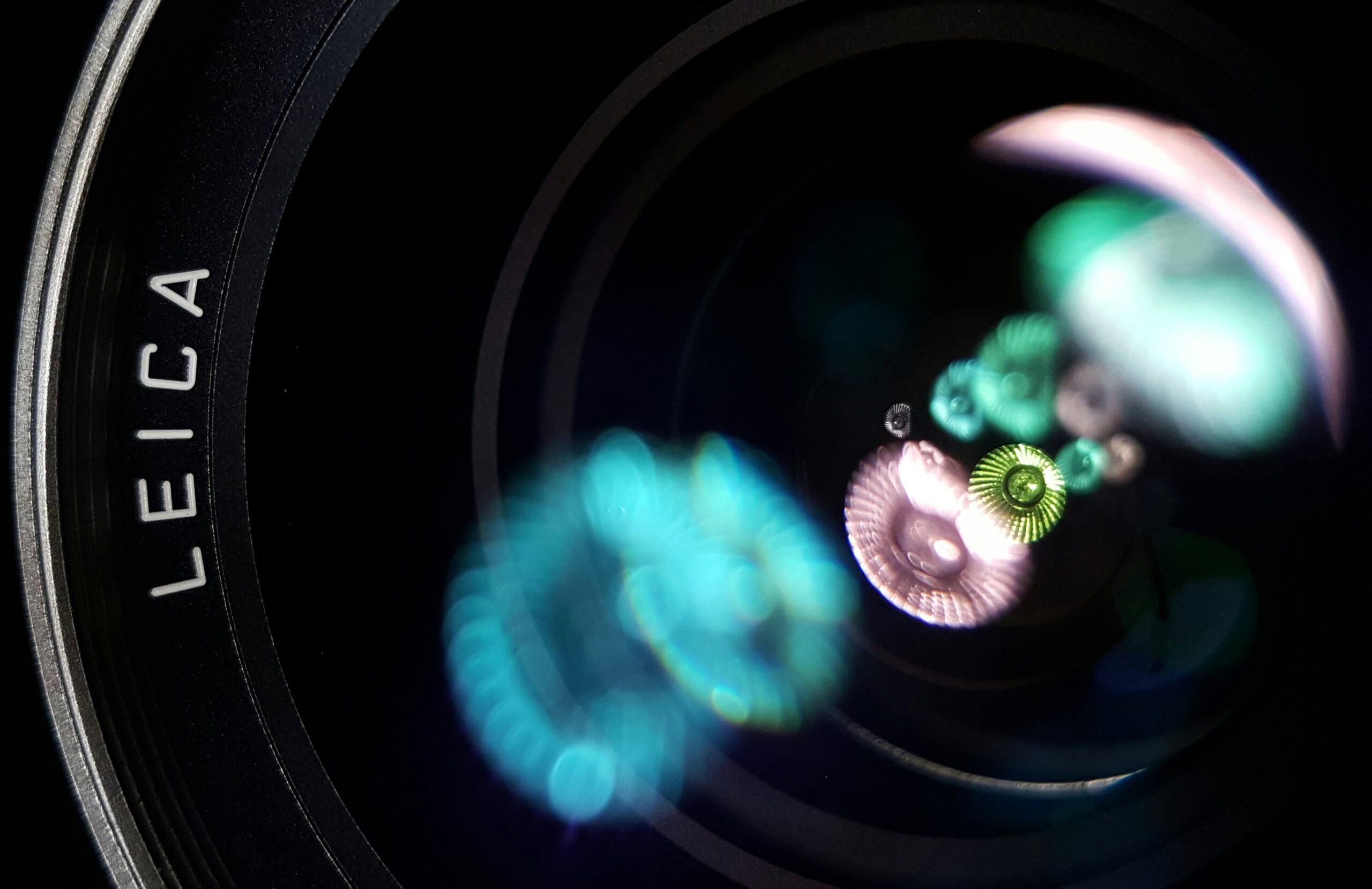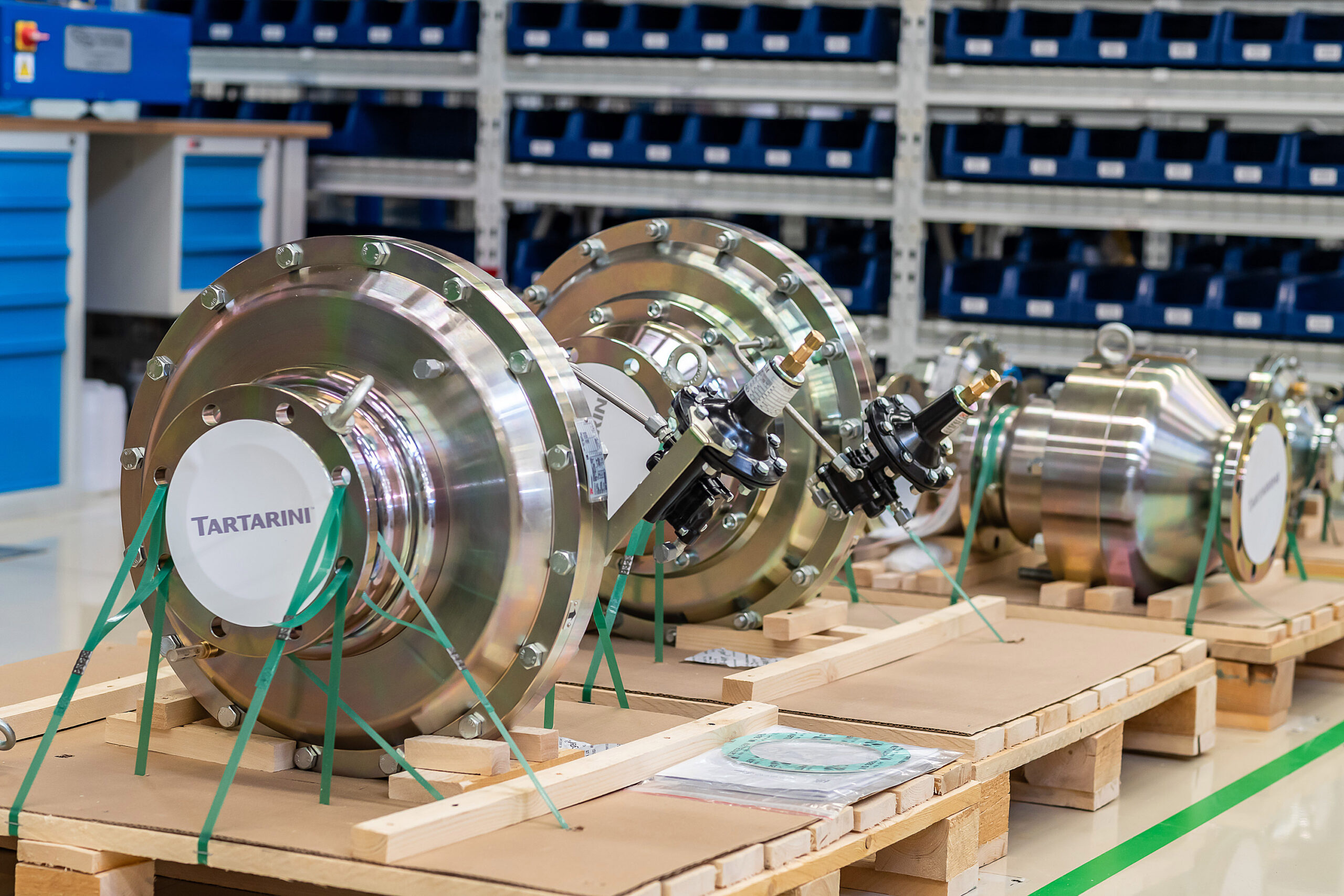Imagine a world where pregnancy and childbirth no longer limit career choices or put strain on physical and mental health. A world where parents-to-be have the option to grow their baby in a synthetic womb, potentially revolutionizing the way humans reproduce. This groundbreaking technology, known as synthetic wombs, is gaining considerable attention and sparking a lively debate. Supporters hail its potential to empower women and offer a safer alternative to traditional pregnancies, while skeptics voice concerns about the ethical implications and potential consequences. As researchers continue to make strides in this field, the question arises: are synthetic wombs the future of human reproduction?
Understanding Synthetic Wombs
Definition of Synthetic Wombs
A synthetic womb, also known as an artificial uterus or an ectogenesis chamber, is an artificial environment designed to support the growth and development of a fetus outside the traditional human womb. It provides the necessary conditions for prenatal development, mimicking the natural conditions of the womb to enable gestation and potentially complete a full-term pregnancy.
Mechanics of Synthetic Wombs
Synthetic wombs are complex systems that aim to replicate the natural womb environment as closely as possible. They consist of a biocompatible chamber containing amniotic fluid, which is heated and circulated to maintain a stable temperature. The fluid provides essential nutrients, hormones, and protection to the developing fetus. Additionally, artificial placentas or umbilical cords may be used to deliver oxygen and remove waste products.
The Rationale Behind Synthetic Wombs
The development of synthetic wombs is driven by several reasons. Firstly, they could offer a solution to some of the challenges faced by women in pregnancy, such as high-risk pregnancies, preterm births, or medical conditions that can be detrimental to both the mother and the fetus. Secondly, synthetic wombs have the potential to revolutionize reproductive technologies and provide an alternative method of human reproduction. Lastly, they could offer insights into the early stages of fetal development, helping researchers better understand and treat certain birth defects or developmental disorders.
Historical Background of Synthetic Wombs
Early Experiments on Synthetic Wombs
The idea of gestating embryos outside the human body dates back to ancient times. However, it wasn’t until the mid-20th century that significant progress was made in this field. In the 1950s, scientists successfully managed to grow a rabbit fetus in a fluid-filled container, demonstrating the possibility of artificial gestation. Over the years, further experiments were conducted on different animal species, including lambs, monkeys, and even humans, contributing to the advancement of synthetic womb technology.
Progress Throughout the Years
Since those early experiments, research on synthetic wombs has progressed significantly. In recent decades, various studies have focused on optimizing the conditions within the chambers to ensure the healthy growth and development of embryos. These advancements have included the development of specialized fluids, the improvement of temperature and oxygen control, and the integration of sensors to monitor vital signs and adjust parameters accordingly.
Present State of Synthetic Wombs Research
Currently, synthetic wombs are still in the experimental stage and have yet to be used for human gestation outside of a research setting. However, numerous research institutions and private companies are actively working on developing this technology further. While significant hurdles still remain, the potential for synthetic wombs to become a reality in the near future is promising.

The Science Behind Synthetic Wombs
Process of Human Reproduction in Synthetic Wombs
In a synthetic womb, the process of human reproduction can be broken down into several key stages. Initially, a fertilized embryo is transferred into the synthetic womb, where it is immersed in an amniotic-like fluid. The fluid provides essential nutrients and hormones for development, and the fetus is continuously monitored to ensure optimal conditions. As the fetus grows, it receives oxygen through artificial placentas or umbilical cords, and waste products are removed from the fluid. This process aims to replicate the natural environment of the womb as closely as possible.
Medical Technology Involved
The development and operation of synthetic wombs rely heavily on advancements in medical technology. Precise fluid control systems, temperature and oxygen regulation, and real-time monitoring are some of the key technologies required to create a successful artificial gestation environment. Additionally, the use of artificial placentas and umbilical cords, as well as genetic engineering techniques, play a crucial role in supporting and enhancing the growth and development of the fetus.
Genetic Engineering’s Role
Genetic engineering could potentially play an important role in synthetic wombs. By altering or removing certain genetic factors that contribute to developmental disorders or complications during pregnancy, scientists may be able to improve the health outcomes of babies gestated in synthetic wombs. However, careful consideration must be given to ethical considerations and potential implications before implementing genetic engineering techniques in this context.
Challenges in Replicating Natural Womb Environment
Despite significant progress, replicating the complexity of the natural womb environment remains a considerable challenge. The dynamic interaction between the mother’s body and the developing fetus involves intricate hormonal and physiological processes that are still not fully understood. Additionally, the sensory stimulation provided by the mother’s body, such as touch and sound, cannot be easily replicated in a synthetic womb. Researchers must continue to address these challenges to ensure the optimal development and well-being of the fetus in an artificial gestation environment.
Ethical Implications of Synthetic Wombs
Ethical Pros and Cons
The development of synthetic wombs raises several ethical considerations. On one hand, it offers potential benefits, such as providing a solution for high-risk pregnancies, reducing maternal mortality rates, and offering an alternative method of reproduction for individuals who are unable to conceive naturally. On the other hand, there are concerns about the separation of reproduction from traditional biological processes, the potential commodification of human life, and the moral status of fetuses gestated outside of the human body. Balancing these pros and cons will require careful ethical deliberation and robust regulations.
Parental Rights and Issues
The advent of synthetic wombs raises important questions regarding parental rights and responsibilities. In cases of reproductive technologies involving synthetic wombs, legal frameworks must be established to determine the rights and obligations of the biological parents, surrogate gestational carriers (if applicable), and potential third-party donors. Considerations such as consent, custody, and financial responsibility will need to be carefully addressed to ensure a fair and equitable process for all parties involved.
Concerns About Child’s Wellbeing
There are valid concerns about the potential impact on the physical and psychological well-being of children gestated in synthetic wombs. The absence of the natural bonding and nurturing experiences that occur between mother and fetus during pregnancy could have long-term effects on the child’s emotional development. Additionally, the potential for developmental differences due to differences in the environment of a synthetic womb compared to a natural womb must be carefully studied and understood.

Legal Implications of Synthetic Wombs
Analysis of Current Legal Framework for Human Reproduction
The current legal framework surrounding human reproduction varies across different jurisdictions. While some countries have comprehensive laws and regulations that cover assisted reproductive technologies, others have yet to provide clear guidelines regarding synthetic wombs. It is essential to analyze and evaluate existing legal frameworks to determine their adequacy in addressing the unique ethical and practical considerations associated with synthetic wombs.
Proposed Legal Standards and Regulations
As synthetic wombs become a reality, the development of new legal standards and regulations will be necessary. These would encompass various aspects, including the legal status of fetuses gestated in synthetic wombs, parental rights and responsibilities, potential restrictions or regulations on the use of synthetic wombs, and guidelines for the safety and well-being of both the fetus and the gestational carrier. International collaboration and consensus-building will be crucial to establish a cohesive and comprehensive legal framework.
Possible Legal Challenges and Disputes
The introduction of synthetic wombs into society is likely to give rise to legal challenges and disputes. These may include issues such as custody battles, disputes over genetic parental rights, concerns regarding the welfare of the child, and potential infringements on the rights of the gestational carrier. The legal system must be prepared to handle these unique and complex situations, ensuring that decisions are made in the best interest of all parties involved.
Societal Impact of Synthetic Wombs
Changes in Perception of Motherhood
The advent of synthetic wombs is expected to bring about significant changes in societal perceptions of motherhood. The traditional association between gestation and motherhood may be challenged, as the ability to gestate a fetus could extend beyond biological mothers. This could lead to a broader understanding and recognition of different forms of motherhood, including gestational, genetic, and social motherhood.
Impact on Gender Equality
Synthetic wombs have the potential to reshape the dynamics of gender equality. They could offer women increased autonomy over their reproductive choices, allowing them to pursue educational and career opportunities without being limited by the biological demands of pregnancy. However, gender equality considerations must be carefully balanced to ensure that the technology does not reinforce existing inequalities or create new ones.
Social Divides due to Access and Affordability
One of the challenges associated with emerging reproductive technologies is the potential for social divides and inequalities. The availability and affordability of synthetic wombs could create disparities, with those who can afford access to this technology having advantages in terms of reproductive options and outcomes. Addressing these concerns will be critical to ensure equitable access and prevent further social stratification.

Future Prospects of Synthetic Wombs
Developments in Medical Technology
As medical technology continues to advance, the future of synthetic wombs holds great promise. Scientists and researchers are likely to refine existing technologies, making artificial gestation more efficient, safer, and closer to mimicking the natural womb environment. This includes advancements in temperature and fluid control, genetic engineering techniques, and enhanced feedback systems to optimize fetal growth and development.
Potential Expansion into Environmental and Space Exploration
The application of synthetic wombs may extend beyond human reproduction. In environmental conservation efforts, synthetic wombs could be used to aid in the preservation of endangered species by providing controlled environments for gestation. Furthermore, in long-duration space missions, where reproduction and fetal development would be challenging, synthetic wombs could offer a viable solution for ensuring the continuation of human life, expanding our possibilities for space exploration.
Possible Impact on Infertility Treatments
Synthetic wombs could revolutionize the field of infertility treatments. For couples struggling with infertility, the ability to gestate their embryos in a synthetic womb could open up new opportunities for parenthood. Additionally, individuals without a uterus, such as transgender women or women who have undergone hysterectomies, may be able to carry and give birth to their biological children using this technology. The implications for reproductive medicine are vast and hold significant promise for those facing fertility challenges.
Synthetic Wombs and Reproductive Health
Potential Benefits for Women’s Health
The development of synthetic wombs could potentially offer important benefits for women’s health. Women with medical conditions that make pregnancy risky or even life-threatening could avoid these risks by gestating their embryos in a synthetic womb. Furthermore, the ability to separate gestation from the biological process of pregnancy could provide women with greater control over their reproductive choices and alleviate some of the physical, emotional, and social burdens associated with traditional pregnancy.
Possibility of Eliminating Risk Factors in Pregnancy
Synthetic wombs have the potential to eliminate many of the risk factors associated with traditional pregnancies. By removing the challenges of gestation within a woman’s body, such as the risk of gestational diabetes, preeclampsia, or preterm birth, synthetic wombs could drastically reduce maternal and fetal complications. This could result in improved health outcomes for both mothers and babies.
Implications on Fertility Issues
For individuals facing fertility issues, synthetic wombs offer a new avenue for potential parenthood. Couples struggling with infertility, same-sex couples, and individuals without a functioning uterus could now have the opportunity to conceive and carry a child to term through the use of synthetic wombs. This technology has the potential to address a wide range of fertility issues, providing hope and a newfound sense of reproductive agency.
Criticism and Controversy Surrounding Synthetic Wombs
Public Perception and Misunderstandings
As with any emerging technology, synthetic wombs face criticism and public misconceptions. Some may view the use of artificial gestation as a departure from the natural process of reproduction, raising concerns about the moral and ethical implications. However, it is important to address these misconceptions and educate the public about the potential benefits and responsible use of synthetic wombs.
Scientific Community’s Concerns
The scientific community also has its own concerns regarding synthetic wombs. Researchers must carefully study the long-term physiological and psychological effects of gestation in an artificial environment. Moreover, ensuring the safety and well-being of the fetus throughout development is of utmost importance. Collaboration between scientists, bioethicists, and regulatory bodies is necessary to address these concerns and establish best practices for the use of synthetic wombs.
Religious and Moral Objections
Given the profound impact synthetic wombs could have on human reproduction, religious and moral objections are expected. Some religious doctrines may view the technology as interfering with the natural order or consider the separation of gestation from biological pregnancy as morally objectionable. Respecting diverse beliefs and engaging in thoughtful dialogue will be crucial in navigating the ethical landscape surrounding synthetic wombs.
The Future of Human Reproduction with Synthetic Wombs
Effect on Traditional Methods of Human Reproduction
The advent of synthetic wombs could potentially reshape traditional methods of human reproduction. While natural pregnancy and childbirth will continue to be the primary method for many, synthetic wombs offer an alternative option for those who cannot conceive or carry a child naturally. The coexistence of traditional and synthetic methods may create more diversity in the ways people choose to start or expand their families.
Future Scenarios and Predictions
Looking ahead, technological advancements and societal acceptance may pave the way for a future where gestating embryos in synthetic wombs becomes more commonplace. This could result in an increase in available options for reproduction, greater reproductive autonomy for individuals, and improved healthcare outcomes for both mother and child. However, the full range of possible future scenarios and their implications remain uncertain and will depend on various factors, including technological progress, ethical considerations, and legal frameworks.
Cultural and Societal Adaptation
The integration of synthetic wombs into society will likely require a period of cultural and societal adaptation. As attitudes and perceptions shift, it will be important for comprehensive education and open dialogue to take place. Moreover, societal and legal structures must be responsive to the changing reproductive landscape, striking a balance between promoting individual reproductive freedoms and ensuring the well-being of all parties involved.
In conclusion, synthetic wombs represent a remarkable scientific advancement with the potential to revolutionize human reproduction. Understanding the intricacies of synthetic womb technology, along with its historical background, scientific foundations, ethical implications, legal considerations, and societal impacts, is crucial as we navigate the path towards a future where this technology may become an integral part of human reproduction. As research and development in this field continue, it is vital to address the complex questions and challenges that arise, ensuring that progress is made responsibly, ethically, and with the best interests of all individuals and society in mind.










